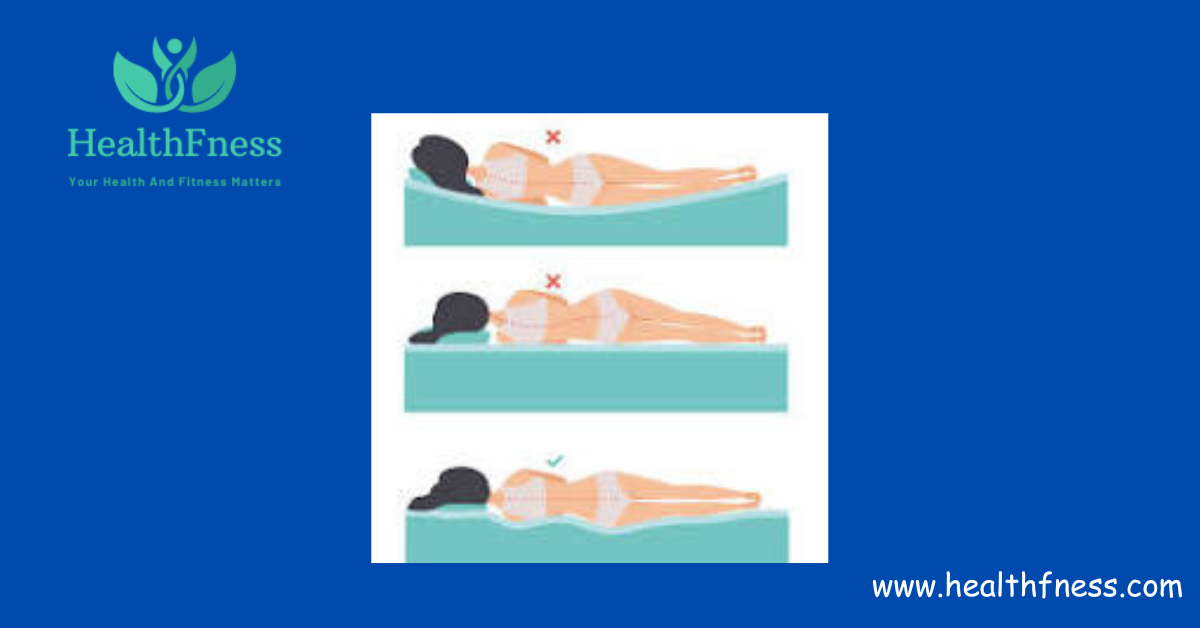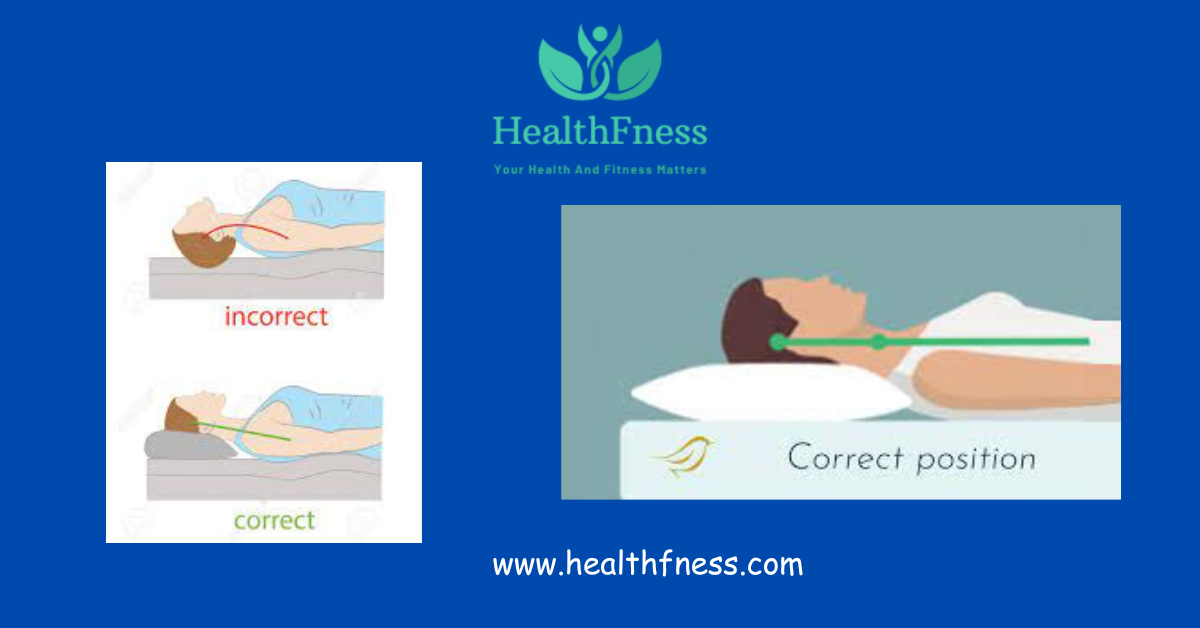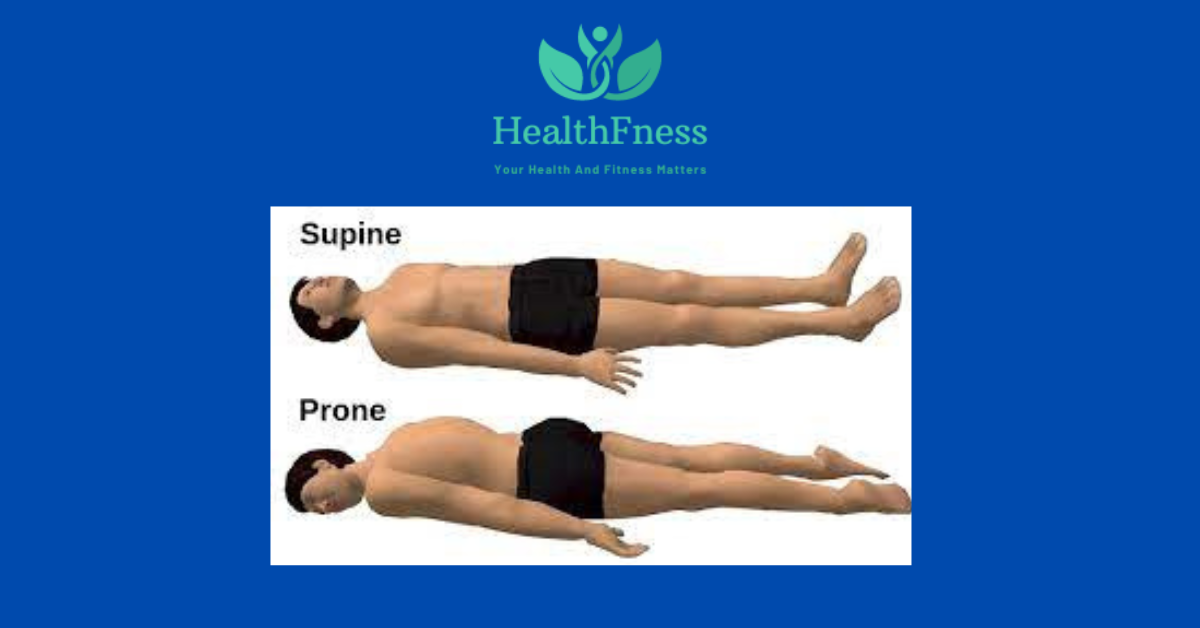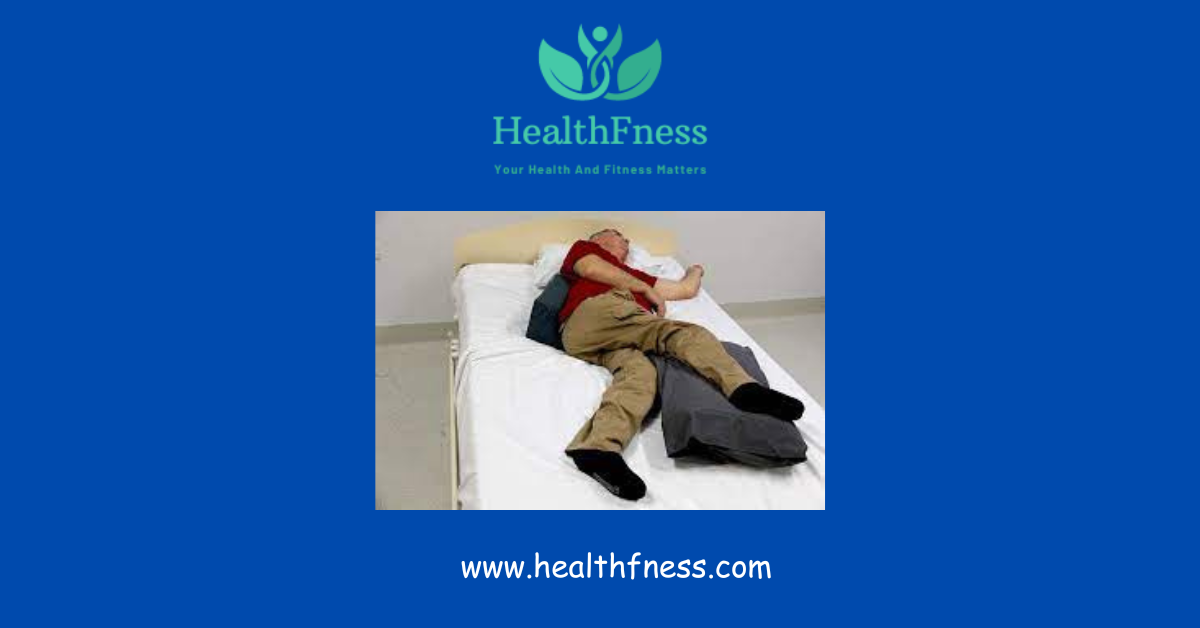Before getting to know approximately the first-class best sleeping position for breathing problems must realize what respiration hassle is. Any situation that interferes with a person’s potential to breathe usually or a person who feels an issue in respiratory is called breathing trouble. This can include illnesses like asthma, COPD, and sleep apnea, among others. Respiratory troubles can substantially decrease someone’s fine of existence, making it tough for them to go about their regular lives, work performance, and even sleep.
Everyone, however especially people with breathing issues, desires to get sufficient sleep and peaceful sleep. In addition to making respiration difficulties ↗worse, getting too little sleep also can make you feel tired, and depressed, and develop cardiovascular disorder. A restful night’s sleep might help with respiration troubles and general standard health.
Common Breathing Problems
- Chronic Obstructive Pulmonary Disease (COPD): Emphysema and chronic bronchitis are two conditions that are included within the innovative lung disorder called persistent obstructive pulmonary ailment, or COPD. Due to irritation and damage to the lungs’ air sacs, it is characterized by confined respiration and trouble respiratory.
- Asthma: Shortness of breath, wheezing, coughing, chest tightness, and irritation of the airlines are the hallmarks of bronchial asthma, a chronic contamination.
- Sleep apnea: This sleep problem is typified by shallow or paused respiratory whilst you’re asleep. The primary paperwork is vital sleep apnea, wherein the brain fails to ship alerts to the muscle tissues controlling respiration, and obstructive sleep apnea, which is brought on through the rest of the throat muscles obstructing the airway.
- Pneumonia: A lung contamination that can result in inflammation inside the air sacs and symptoms like fever, chills, coughing, problem breathing, and chest ache are called pneumonia. It can vary in severity from mild to excessive and be added on by microorganisms, viruses, or fungi.
- Allergy: Allergy to dust mites, mold, pollen, puppy dander, or different allergens can cause allergic rhinitis, commonly referred to as hay fever. Sneezing, runny or stuffy nose, itchy eyes, nostrils, or throat are a number of the symptoms. Breathing problems can now and then, specifically in asthmatic sufferers.
- A pulmonary embolism: A pulmonary embolism is the result of a blood clot that enters the lungs and obstructs a pulmonary artery. This may additionally bring about signs and symptoms like dyspnea, chest pain (particularly when deep breathing or coughing), fast heartbeat, and blood inside the cough. Because pulmonary embolisms ↗can be fatal, emergency hospital treatment is important.
Best Sleeping Position For Breathing Problems
Position for Sleeping on Your Side
For those who have sleep apnea, napping in your aspect is the most useful role as it maintains your airway open. By retaining the tongue and tender palate in this position, the danger of them collapsing onto the lower back of the throat and obstructing the airway is reduced. Additionally, drowsing to your side can beautify oxygen drift and reduce snoring.
Elevated Head Sleeping Position
Sleeping with your head expanded can assist lessen congestion and maintain the airway open, making it less complicated to respire. You can use greater pillows to elevate your head or use a wedge-fashioned pillow designed mainly for this purpose.
Upright Sleeping Position
Sleeping in an upright position can assist those with asthma to breathe less complicated because it relieves pressure on the lungs and airways. While lying upright, you may use more cushions to help your head and upper body.

Prone Sleeping Position
As it allows for better lung enlargement and breathing, sleeping for your belly can benefit people with COPD. However, because it would strain the neck and airway, it would no longer be suitable for those with sleep apnea.
Modified Side Sleeping Position
Sleeping on your side with a pillow between your legs can assist align your backbone and supply guide on your again, making it less complicated to breathe. This position may be useful for human beings with sleep apnea, allergies, or COPD.
Left Side Sleeping Position
Sleeping for your left aspect can be useful for humans with coronary heart troubles as it enables improved circulation and reduces the chance of acid reflux disorder. This role can also help reduce snoring and enhance respiration for people with sleep apnea or COPD.
Best Standing Positions For Breathing Problems
Stand upright
Good posture can help improve lung function and make it easier to breathe. Stand up straight with your shoulders back, and keep your chin level with the ground. Don’t slouch during sitting always have good posture your back should be straight.
Tips For A Person Who Has Breathing Problems
- Utilize your diaphragm_Instead of specializing in making use of your chest muscle groups to respire, try to use your diaphragm. This can facilitate deeper respiration whilst reducing the likelihood of shallow breathing.
- Employing the pursed-lip breathing approach is taking in air through your nose and exhaling it out of your lips as in case you have been extinguishing a candle. Breathing may be made simpler and shortness of breath can be lessened.
- Take breaks be aware that you are beginning to run out of breath, forestall what you are doing, sit down, or lean in opposition to a wall to get a little air.
- Get hydrated_For people with respiratory troubles, consuming plenty of fluids would possibly help skinny mucus and make it less complicated to cough up.
- Using a Humidifier_Keeping the air wet in your bedroom with a humidifier might assist in easing breathing problems and minimizing congestion. This is specifically useful for those who’ve hypersensitive reactions or bronchial asthma due to the fact dry air can aggravate the airlines.
- Avoiding Triggers_ If you have a respiratory circumstance, it’s important to perceive and keep away from triggers that could worsen your signs and symptoms.
FAQs
What is the great sleeping role for respiratory troubles?
The nice drowsing role for respiratory troubles is usually on your side with your upper body barely extended. This role can help maintain your airlines open and reduce the chance of obstruction, making it less difficult to respire.
Why is sound asleep in your aspect recommended for respiratory issues?
Sleeping in your aspect facilitates prevent the fall apart of gentle tissues to your throat and tongue, that may hinder your airway. It additionally promotes higher alignment of your airlines, reducing the stress to your respiratory muscle tissues.
Should I keep away from snoozing on my again if I actually have respiratory troubles?
Yes, drowsing in your lower back can exacerbate breathing issues, especially for people with conditions like sleep apnea. It can cause the tongue and gentle tissues within the throat to collapse backward, obstructing the airway.
How can I sleep with my upper body elevated?
You can raise the top part of your frame with the aid of using an adjustable bed or through the use of extra pillows to assist your self. For the ones who have respiratory issues, maintaining the pinnacle and chest slightly raised can help.
Are there another hints for enhancing the exceptional of sleep while respiration troubles arise?
Yes, a ordinary sleep time table, a comfy drowsing surroundings, and abstaining from stimulants earlier than bedtime are all examples of true sleep hygiene that permit you to get higher sleep. It's also advised to talk with a healthcare provider for individualized steering and remedy alternatives.
Conclusion
Any circumstance that interferes with someone’s capability to respire usually is referred to as a respiration hassle. Common respiratory troubles are allergies, sleep apnea, and Chronic Obstructive Pulmonary Disease (COPD). These all issues intrude with ordinary sleep and someone unable to sleep peacefully. We discussed six special snoozing positions a person can sleep in any of these positions consistent with his or her needs. A man or woman must apprehend or note which napping role is nice for his or her frame.
You should read this Journal of Electrocardiology report to improve your knowledge: Positional sleep-disordered breathing in patients with arrhythmia. Should we advise our patients to avoid a supine position during sleep?
Video Credits:
NHS University Hospitals Plymouth Physiotherapy

Dr. Mark Jenkins, MD - General Physician (California, USA)
Dr. Mark Jenkins is a board-certified general physician based in the United States, specializing in preventive medicine, nutrition, and lifestyle health. With years of clinical experience in primary care, he is dedicated to helping patients and readers alike make informed, science-based decisions about their well-being.
As a trusted medical reviewer and contributor to Healthfness.com, Dr. Jenkins ensures that all health content meets the highest standards of accuracy, safety, and evidence-based medicine. His expertise bridges modern medical science with practical, everyday wellness strategies, making complex topics approachable for all audiences.
Outside the clinic, Dr. Jenkins is passionate about living the healthy lifestyle he teaches. He enjoys hiking with his dog, experimenting with vegetarian cooking, and exploring the latest health research. He believes that small, consistent lifestyle changes lead to lasting health improvements, and he aims to inspire readers to take proactive steps toward a healthier, happier life.
Explore more of Dr. Jenkins’ evidence-based insights at Healthfness.com



